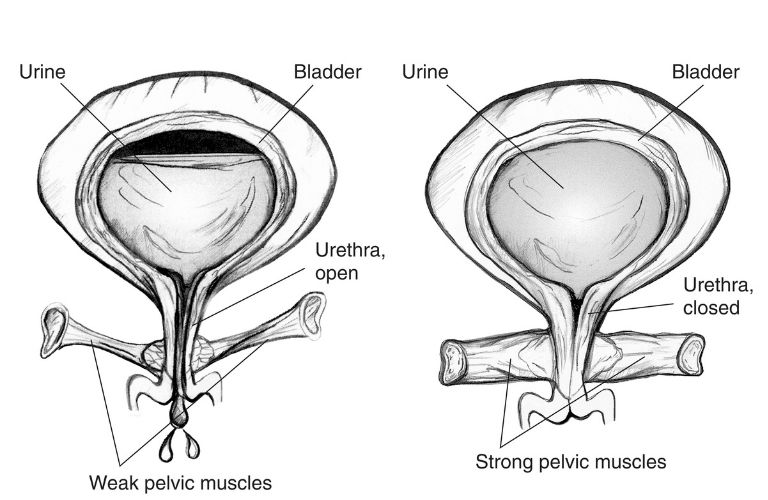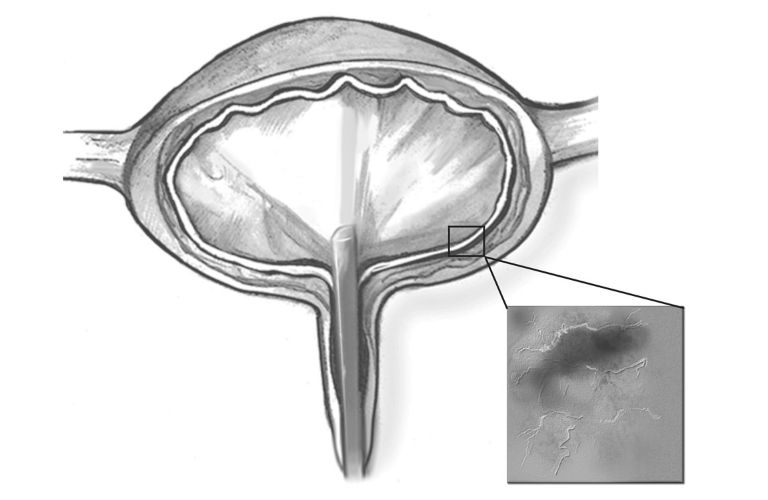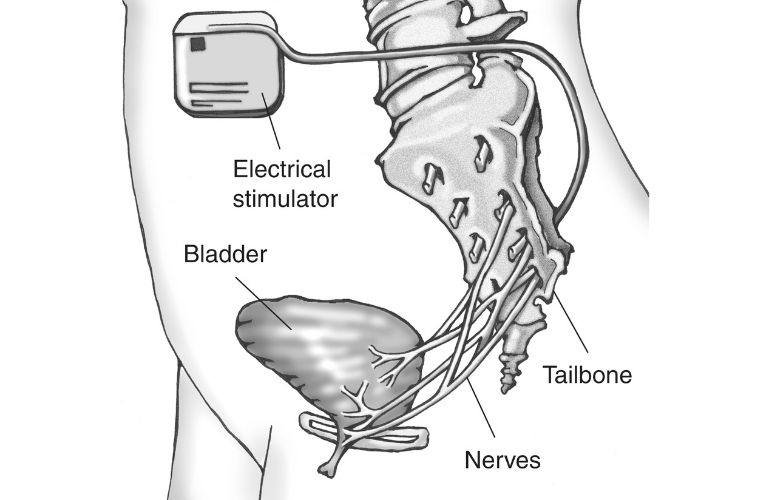Overactive bladder is a very common condition in women that causes uncontrollable and frequent need to pass urine. At Aashray, various effective treatments are offered to help you cope with this condition.

Overactive Bladder (OAB) is a condition that is characterized by a set of symptoms, the most common being the sudden and frequent urge to urinate. You may experience the need to urinate many times throughout the day and night. Some women may also experience urge incontinence - unintentional leakage of urine. The symptoms of the overactive bladder result when the bladder muscles contract involuntarily even when the volume of urine in your bladder is low. Overactive bladder and its associated symptoms may cause stress and embarrassment and negatively affect your work and social life.

The symptoms of overactive bladder include -
Several conditions can cause overactive bladder, including-
During a health checkup, the doctor will discuss your symptoms, pattern, and medical history to diagnose overactive bladder and recommend a suitable treatment. You may also have to go through a physical examination of your rectum and pelvis.
If the cause and treatment is not defined and decided upon in the initial health checkup, you may be asked to go through the following tests -
During this test, pressure in the bladder and the flow of urine will be checked with the help of various techniques.

You will work with your doctor to come up with the most suitable treatment plan for you. Depending upon the underlying cause, symptoms, and severity of overactive bladder, these treatments may vary or a combination of treatments may be suggested. The treatment generally will start with non-invasive options and move on to the other options if those fail to treat your overactive bladder.
You may be suggested pelvic floor exercises or kegel exercises. These exercises strengthen the muscles that help control urination which over time with aging or after childbirth become weak.
Biofeedback helps to measure and get information about your bladder. The electrical sensors used in biofeedback monitor muscle movement and teach you how to control and strengthen your pelvic floor muscles.
You will be given instructions like cutting down alcohol, caffeine, some spicy and citrus foods that may worsen your symptoms. You will also be asked to lose weight as being overweight can lead to bladder control problems.
In this training, you will write down when you make the bathroom trips. This will help you to identify what makes your symptoms worse.
In this training, you will keep a schedule as to when and how often you can go to the bathroom. Also, you will be asked to make delays, lengthen the time between bathroom breaks, etc. You will train you and your bladder to control the urge and keep the urine in by doing this. you will write down when you make the bathroom trips. This will help you to identify what makes your symptoms worse.
Double voiding basically means emptying the bladder twice. In this training, you will try to empty your bladder completely by urinating once and then urinating again after a few minutes.
In this training, you will practice delayed voiding. Initially, you wait for a few minutes, and then gradually you may be able to delay urinating every two to three hours. Bladder training helps the bladder to stretch itself and hold more urine in it.
Medications like Anticholinergics, Mirabegron help to control the overactive bladder, increase its capacity to hold the amount of urine, and empty it completely.
In this treatment, the doctor injects botulinum toxin into the bladder muscle under local anesthesia. Botox treatment helps to reduce urinary urgency and urge incontinence.
During an overactive bladder, there is improper communication between your bladder and brain that takes place via nerve signals. Regulation of these nerve signals helps to improve the function of the bladder and OAB symptoms. Following are the two types of nerve stimulation treatments -
In this procedure, a small electrode is placed near your ankle. It generates and sends electrical pulses from a nerve in your leg (tibial nerve) to your spine. This stimulation thus helps in keeping the OAB symptoms under control.
A bladder pacemaker is used in this treatment to stimulate the nerves that control the bladder. First, an electrical wire is implanted under the skin in your lower back. This wire is then connected to a handheld pacemaker that sends signals to the sacral nerves thereby helping in bladder control.

Following are the surgical options for the treatment of overactive bladder that is recommended by the doctor when other treatments have failed -
In this procedure, the size of the bladder is increased by using pieces of your bowel to replace and expand a section of the bladder.
This procedure is always considered a last resort and involves removing your bladder completely and creating a urinary diversion to an ostomy bag on the outside of your body.


Dr. Ashit Shah is a senior consultant Urologist heading Aashray Urology Institute. After completing his M.B.B.S. and M.S. in General Surgery, he was awarded Diplomate of National Board (D.N.B.) in Genito-Urinary Surgery by the National Board of Examinations, New Delhi. He earned his Diplomate in Laparoscopic Urology from Louis Pasteur University, Strasbourg, France in the year 2006. Dr. Shah has a special interest in Endo-Urology, especially Urolithiasis i.e. Urinary Stone Disease. Having spent more than 27 years in the profession of Urology, he has experience of over 75,000 urological consultations and more than 15,000 surgeries. Being counted amongst the torch bearers of ethical and transparent medical practice in the city of Vadodara, he was conferred ‘Inspiring Urologist Award’ for the year 2019 by The Economic Times.